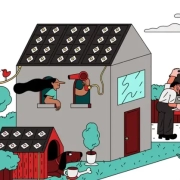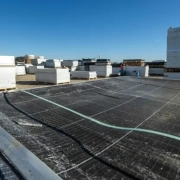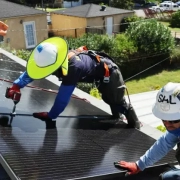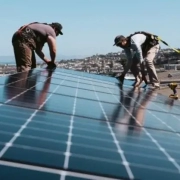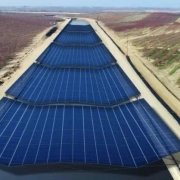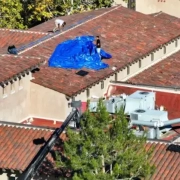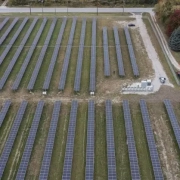WHO
Beyond Silicon, Caelux, First Solar, Hanwha Q Cells, Oxford PV, Swift Solar, Tandem PV
WHEN
3 to 5 years
In November 2023, a buzzy solar technology broke yet another world record for efficiency. The previous record had existed for only about five months—and it likely won’t be long before it too is obsolete. This astonishing acceleration in efficiency gains comes from a special breed of next-generation solar technology: perovskite tandem solar cells. These cells layer the traditional silicon with materials that share a unique crystal structure.
Click here to read the full article
Source: Technology Review
—
If you have any questions or thoughts about the topic, feel free to contact us here or leave a comment below.

